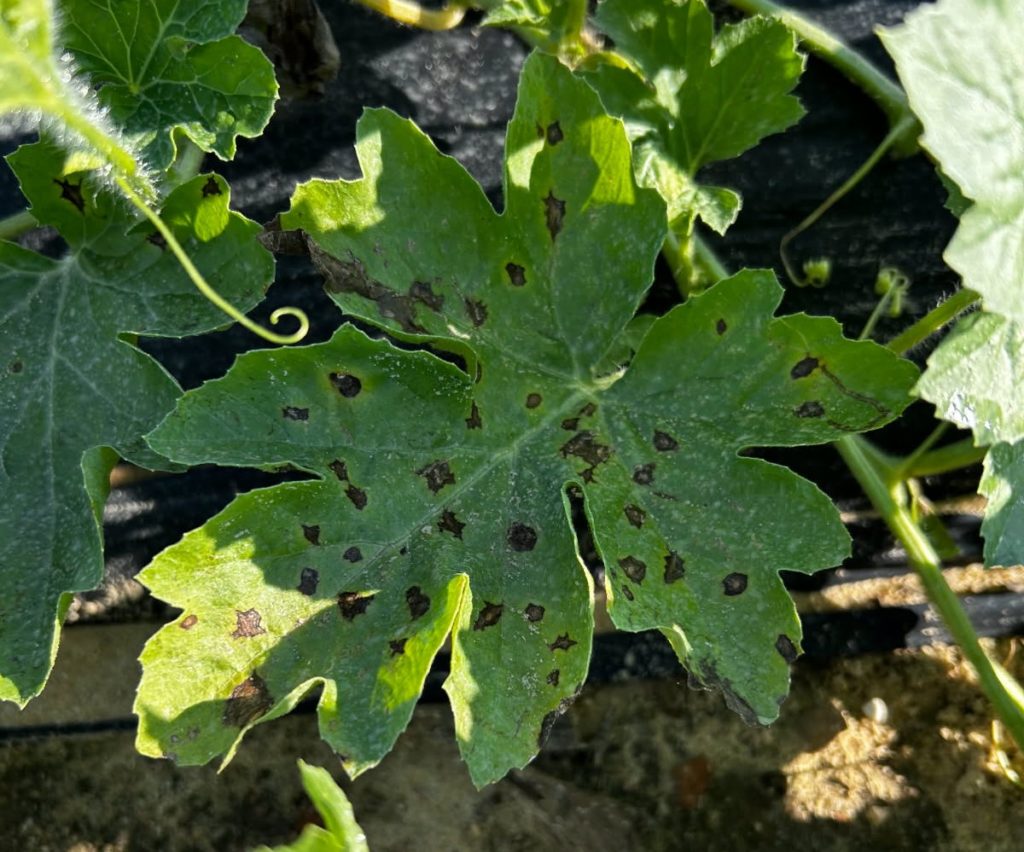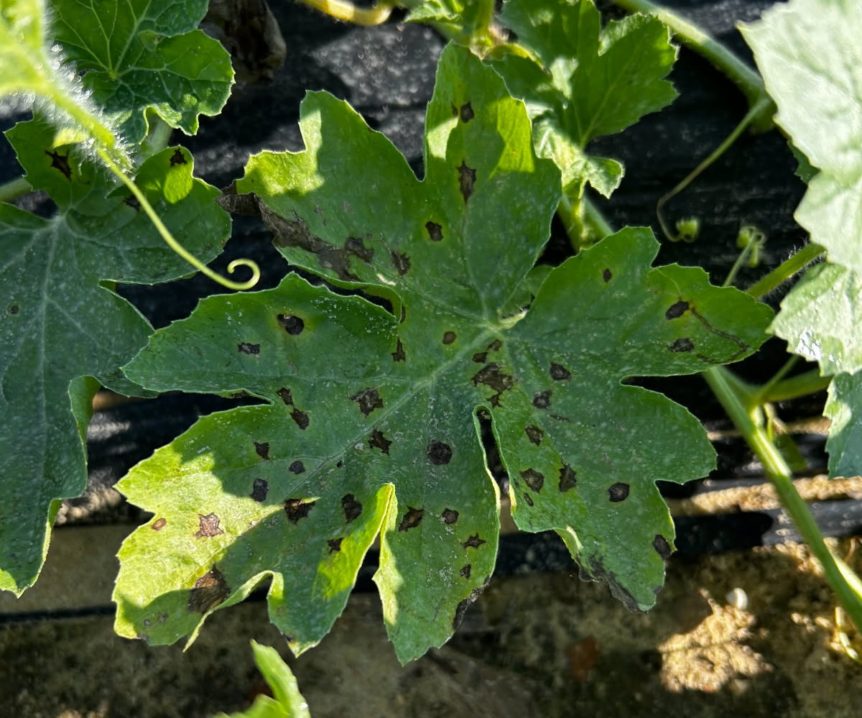
Weekly Field Update
Clemson Extension agents provide updates in The South Carolina Grower this week about the status of various crops being produced throughout the state.
Coastal Region
Anna Sara Hill
- The weather has turned cooler, and a hint of fall is in the air. Enjoy the break from the heat while it lasts.
- The fall watermelon harvest started in time for Labor Day.
- Other fall vegetables, such as okra, beans, butterbeans and squash are coming in at good volumes.
- Watermelon vines are blooming. I have noticed anthracnose in watermelon fields, but the grower is doing a good job thus far rotating fungicides and keeping it in check.
Midlands
Rob Last
- What a refreshing change this week has been in the Midlands. Cooler, fresher air and bright days are helping many of our fall crops grow away well.
- I am seeing a few plants demonstrating symptoms of Southern blight with wilting and a white mycelial mass at the soil line.
- Leafy greens are establishing well. Diamondback moth caterpillars have been observed in a few crops with a low population currently.
- Squash and cucumbers are coming to market with good quality.
Sarah Scott
- We are officially done with peach season on the Ridge. Now we focus on orchard floor management and fertilization.
- Fall vegetables are coming along nicely.
- In our bell peppers, we have seen some fungal issues. After submitting samples to our lab, we now have confirmation of Choanephora blight. This is a type of wet rot that can cause damage on any soft tissue including stems, flowers and fruit. It thrives in wet, humid conditions, which is exactly what we’ve had the whole month of August. There is currently no product label specifically for treating Choanephora on bell peppers, but some products in our rotation may be helpful in slowing the spread. Removing infected plants is recommended to reduce inoculum in the field. As we learn more about this disease and how it progresses through the season, we’ll share updates.
Pee Dee
Brittney King
- It is already starting to feel like fall here! We had cooler temps last week which a lot of our fall crops are loving! Day-neutral strawberries have been planted in the Pee Dee. U-pick flower operations slowed down in the heat but are ready for fall.
- With the drier weather we’ve been having, I’ve seen more spider mites and aphids in many different crops. Be aware that using a broad-spectrum insecticide will cause a flareup in both spider mite and aphid populations.
- Muscadine harvest is still in full swing. The dry weather has been great for muscadines this year, but we could still use a little bit of rain this week.
- Fall squash is being harvested in good volume. Pumpkins are sizing up nicely this year. The drier weather compared to this time last year seems to have really lowered disease pressure. Growers have been spraying fungicides like Gatten to target powdery mildew because of the drier weather. Check out this article by Tony Keinath for management recommendations for powdery mildew.










